Home>Gardening & Outdoor>Landscaping Ideas>Why Do Weeds Grow Faster Than Grass
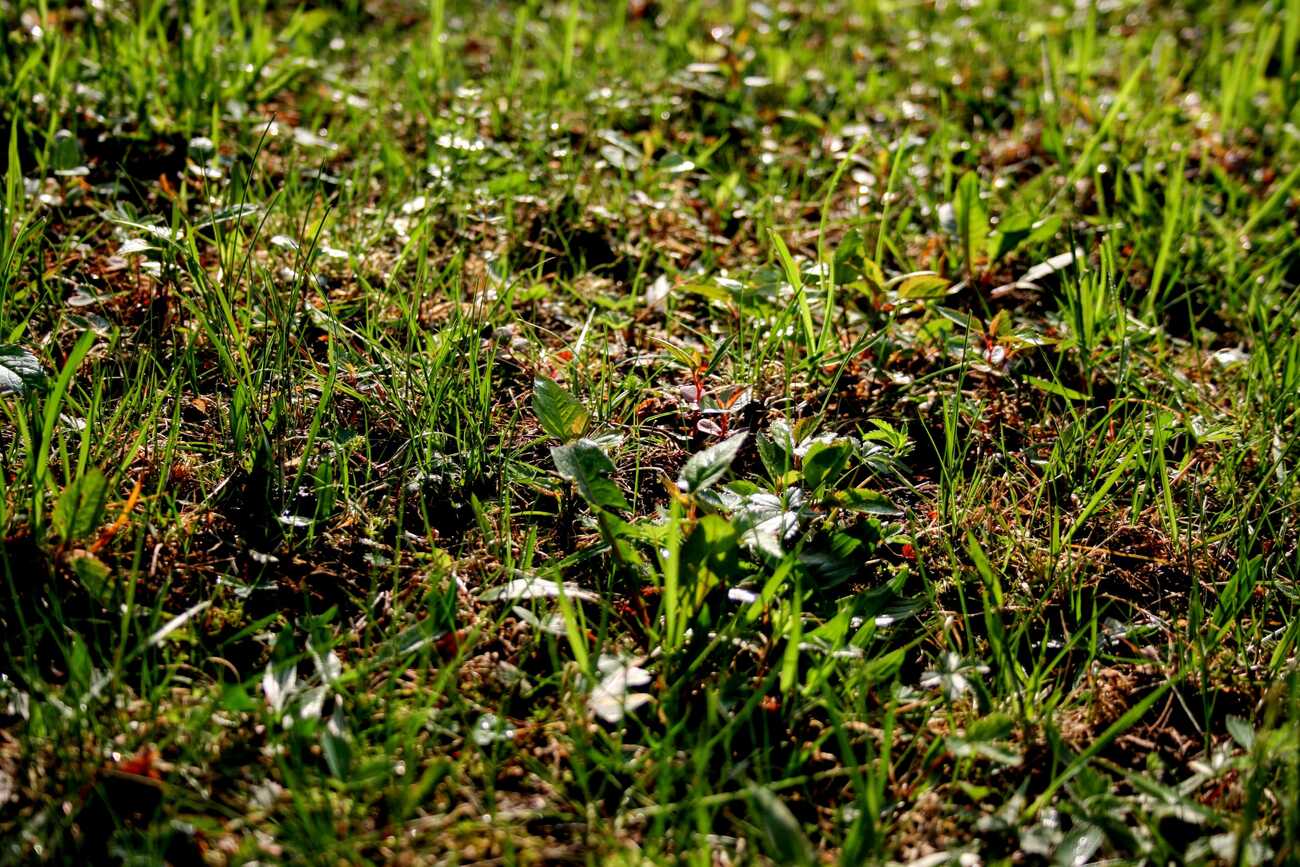

Landscaping Ideas
Why Do Weeds Grow Faster Than Grass
Published: January 29, 2024
Discover effective landscaping ideas to combat fast-growing weeds and maintain a lush, healthy lawn. Learn why weeds thrive and how to outpace them.
(Many of the links in this article redirect to a specific reviewed product. Your purchase of these products through affiliate links helps to generate commission for Storables.com, at no extra cost. Learn more)
**
Introduction
**
Have you ever wondered why weeds seem to sprout up overnight while your grass struggles to grow? It's a common frustration for many homeowners and gardeners. Understanding the reasons behind this discrepancy in growth rates can provide valuable insights into the behavior of plants and how they interact with their environment. In this article, we'll delve into the fascinating world of weeds and grass, exploring the factors that contribute to the seemingly relentless growth of weeds and the challenges that grass faces in comparison. By shedding light on these differences, we can gain a deeper appreciation for the intricate dynamics of plant growth and the strategies that various species employ to thrive in diverse ecosystems. So, let's embark on this enlightening journey to uncover the secrets of why weeds grow faster than grass.
Understanding the reasons behind the discrepancy in growth rates between weeds and grass can provide valuable insights into the behavior of plants and how they interact with their environment.
**
Key Takeaways:
- Weeds grow faster than grass due to their genetic traits, rapid growth habits, and efficient resource allocation, allowing them to outcompete grass in diverse environments.
- Weeds’ remarkable adaptations, including rapid germination, prolific seed production, and efficient resource utilization, enable them to flourish and dominate, overshadowing the growth of grass.
Read more: Why Does Rainwater Make Grass Grow Faster
Differences in Growth Rates
**
When it comes to growth rates, weeds and grass exhibit striking disparities that can be attributed to various factors. Weeds, often characterized by their rapid and vigorous growth, have evolved to thrive in diverse environments, making them formidable competitors for space, sunlight, and nutrients. In contrast, grass, while resilient and adaptable, faces inherent challenges that impede its growth and spread. One key factor contributing to the divergent growth rates is the genetic makeup of these plants. Weeds, typically characterized by their prolific and opportunistic nature, possess genetic traits that enable them to germinate quickly and grow rapidly under a wide range of conditions. This inherent resilience allows them to outpace the growth of grass, establishing a persistent presence in lawns, gardens, and agricultural fields.
Moreover, the growth habits of weeds and grass differ significantly. Weeds often employ strategies such as rapid vertical growth, extensive branching, and prolific seed production, enabling them to rapidly colonize and dominate available space. In contrast, grass, with its focus on horizontal growth and dense mat-like formations, faces limitations in competing with the aggressive spread of weeds. Additionally, the growth patterns of grass are influenced by factors such as mowing practices and environmental conditions, further affecting its ability to keep pace with the rapid growth of weeds.
Another crucial aspect contributing to the divergent growth rates is the way in which weeds and grass allocate resources. Weeds, with their opportunistic nature, allocate a significant portion of their resources to rapid growth and seed production, allowing them to quickly establish and proliferate. In contrast, grass allocates resources to extensive root development and resilience, which may limit its ability to match the rapid growth of weeds. These inherent differences in resource allocation contribute to the disparities in growth rates observed between these plant types.
Understanding these differences in growth rates provides valuable insights into the strategies employed by weeds and grass to thrive in their respective environments. By unraveling the mechanisms behind their divergent growth patterns, we can gain a deeper appreciation for the complex interplay between plants and their surroundings, shedding light on the remarkable adaptations that enable weeds to outpace the growth of grass.
**
Adaptation to Environmental Conditions
**
One of the key factors contributing to the rapid growth of weeds compared to grass lies in their remarkable adaptation to diverse environmental conditions. Weeds have evolved a remarkable ability to thrive in challenging and fluctuating environments, allowing them to capitalize on opportunities for growth and expansion. Unlike grass, which often requires specific conditions to flourish, weeds exhibit a remarkable resilience to environmental stressors, enabling them to persist and proliferate in a variety of habitats.
One of the notable adaptations of weeds is their ability to germinate and establish rapidly in response to favorable conditions. Many weed species produce an abundance of seeds that remain viable in the soil for extended periods, poised to germinate when conditions become conducive. This rapid response to favorable environmental cues allows weeds to capitalize on fluctuations in temperature, moisture, and sunlight, giving them a competitive edge over grass, which may have more specific requirements for germination and establishment.
Furthermore, the ability of weeds to thrive in disturbed and nutrient-depleted soils further contributes to their rapid growth. Weeds have evolved mechanisms to efficiently scavenge and utilize nutrients, enabling them to thrive in environments where grass may struggle. Their capacity to adapt to a wide range of soil conditions, including compacted soils and those with low fertility, allows them to establish a foothold and proliferate, often outpacing the growth of grass in such challenging environments.
Additionally, the opportunistic nature of weeds plays a crucial role in their adaptation to environmental conditions. Many weed species exhibit a remarkable ability to exploit niches and rapidly colonize areas that have been disturbed or left bare, capitalizing on opportunities for growth and expansion. This opportunistic behavior, coupled with their resilience to environmental stressors, equips weeds with the tools to outcompete grass in a variety of habitats.
By understanding the adaptive strategies of weeds in response to environmental conditions, we gain valuable insights into the factors that contribute to their rapid growth compared to grass. Their ability to capitalize on fluctuating environmental cues, thrive in nutrient-depleted soils, and exhibit opportunistic behavior underscores the remarkable adaptations that enable weeds to flourish in diverse ecosystems, often overshadowing the growth of grass.
**
Weeds grow faster than grass because they are often more resilient and adaptable to different environmental conditions. They also have a higher reproductive rate and can spread quickly through seeds or underground roots. Regular maintenance and proper lawn care can help control weed growth.
Reproduction and Seed Dispersal
**
The reproductive strategies and seed dispersal mechanisms employed by weeds play a pivotal role in their ability to outpace the growth of grass. Weeds have evolved an array of reproductive adaptations that contribute to their prolific seed production and efficient dispersal, enabling them to rapidly colonize and dominate available space. Unlike grass, which may rely on more specific pollination and seed dispersal mechanisms, weeds have honed their reproductive strategies to ensure widespread propagation and establishment.
One of the key factors contributing to the rapid spread of weeds is their prolific seed production. Many weed species produce an abundance of seeds, often far surpassing the seed production of grass species. This prolific seed production provides weeds with a substantial reservoir of propagules, poised to germinate and establish when conditions are favorable. In contrast, grass species may exhibit more conservative seed production, limiting their capacity to compete with the rapid colonization efforts of weeds.
Moreover, the mechanisms of seed dispersal employed by weeds contribute to their ability to outcompete grass in diverse environments. Weeds have evolved a diverse array of dispersal mechanisms, including wind dispersal, animal-mediated dispersal, and water dispersal, among others. These mechanisms facilitate the efficient spread of weed seeds across varying distances and habitats, allowing them to exploit new areas and outcompete grass in the process. In contrast, the seed dispersal mechanisms of grass species may be more limited, affecting their ability to rapidly colonize and establish in new environments.
Furthermore, the resilience of weed seeds in the soil contributes to their persistent presence and rapid growth. Many weed seeds exhibit remarkable longevity and viability in the soil, remaining dormant for extended periods until conditions are favorable for germination. This dormancy and longevity enable weed seeds to persist in the soil seed bank, ready to germinate and establish when opportunities arise, giving them a competitive advantage over grass species.
By unraveling the reproductive and seed dispersal strategies of weeds, we gain valuable insights into the mechanisms that contribute to their rapid growth compared to grass. Their prolific seed production, diverse dispersal mechanisms, and seed longevity underscore the formidable reproductive arsenal that enables weeds to colonize and dominate diverse ecosystems, often overshadowing the growth of grass.
**
Competition for Resources
**
The intense competition for essential resources, such as sunlight, water, and nutrients, serves as a defining factor in the disparate growth rates between weeds and grass. Weeds have evolved remarkable adaptations to outcompete grass for these vital resources, allowing them to thrive in diverse environments and overshadow the growth of grass in the process. Understanding the mechanisms of resource competition sheds light on the formidable strategies employed by weeds to secure their dominance in various ecosystems.
One of the key aspects contributing to the competitive advantage of weeds is their efficient utilization of available resources. Weeds have evolved mechanisms to rapidly capture sunlight through traits such as rapid vertical growth, extensive branching, and efficient leaf orientation, enabling them to outcompete grass for this vital energy source. This efficient light capture allows weeds to maintain vigorous growth and outpace the development of grass, establishing a persistent presence in lawns, gardens, and agricultural fields.
Furthermore, the ability of weeds to scavenge and utilize water and nutrients contributes to their competitive edge over grass. Many weed species have developed extensive root systems that efficiently extract water and nutrients from the soil, enabling them to thrive in conditions where grass may struggle. Their capacity to outcompete grass for these essential resources provides weeds with a significant advantage, allowing them to persist and proliferate even in challenging environments.
In addition to efficient resource utilization, weeds have evolved adaptations to capitalize on disturbances and outcompete grass in areas where resources become available. Their opportunistic nature allows them to rapidly colonize areas that have been disturbed, such as bare patches in lawns or garden beds, capitalizing on the availability of resources and outcompeting grass in the process. This opportunistic behavior, coupled with their efficient resource capture, further solidifies the competitive advantage of weeds in diverse ecosystems.
Understanding the intricate dynamics of resource competition provides valuable insights into the factors that contribute to the rapid growth of weeds compared to grass. Their efficient utilization of sunlight, water, and nutrients, coupled with their opportunistic nature, underscores the formidable competitive strategies that enable weeds to outpace the growth of grass, shaping the ecological landscape in diverse environments.
**
Conclusion
**
The disparity in growth rates between weeds and grass is a captivating phenomenon that unveils the remarkable adaptations and competitive strategies employed by these plant types. Weeds, with their rapid growth, prolific seed production, and efficient resource utilization, have established themselves as formidable competitors, often overshadowing the growth of grass in diverse environments. By unraveling the factors that contribute to the relentless growth of weeds and the challenges faced by grass, we gain valuable insights into the intricate dynamics of plant growth and competition.
The genetic makeup, growth habits, and resource allocation of weeds contribute to their ability to outpace the growth of grass, allowing them to establish persistent dominance in lawns, gardens, and agricultural settings. Their remarkable adaptation to environmental conditions, including rapid germination, resilience to stressors, and opportunistic behavior, equips them with the tools to thrive in diverse habitats, often outcompeting grass in the process.
Furthermore, the reproductive prowess and efficient seed dispersal mechanisms of weeds underscore their capacity to rapidly colonize and dominate available space. Their prolific seed production and diverse dispersal strategies provide them with a substantial advantage, enabling them to outcompete grass and establish a persistent presence in various ecosystems.
Moreover, the intense competition for essential resources, such as sunlight, water, and nutrients, highlights the formidable strategies employed by weeds to secure their dominance. Their efficient resource utilization, coupled with their opportunistic nature, allows them to outcompete grass and shape the ecological landscape in diverse environments.
By delving into the captivating world of weeds and grass, we gain a deeper appreciation for the complexities of plant growth and competition. While weeds may seem like mere nuisances, their remarkable adaptations and competitive prowess offer valuable insights into the resilience and dynamism of plant life. Understanding the mechanisms behind their rapid growth not only enriches our knowledge of the natural world but also underscores the intricate balance of forces that shape ecosystems and landscapes.
In conclusion, the disparity in growth rates between weeds and grass unveils a captivating saga of adaptation, competition, and resilience, offering a compelling glimpse into the remarkable strategies that enable weeds to flourish and outpace the growth of grass in diverse environments.
Frequently Asked Questions about Why Do Weeds Grow Faster Than Grass
Was this page helpful?
At Storables.com, we guarantee accurate and reliable information. Our content, validated by Expert Board Contributors, is crafted following stringent Editorial Policies. We're committed to providing you with well-researched, expert-backed insights for all your informational needs.
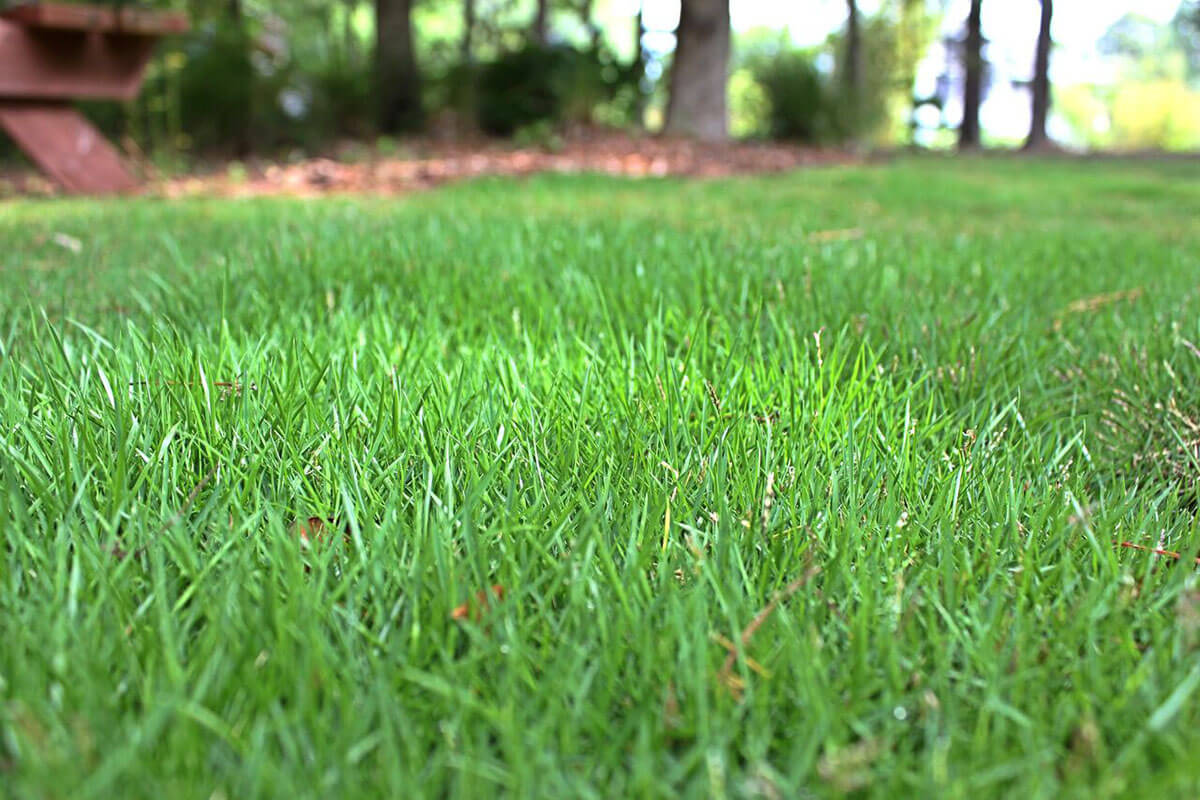
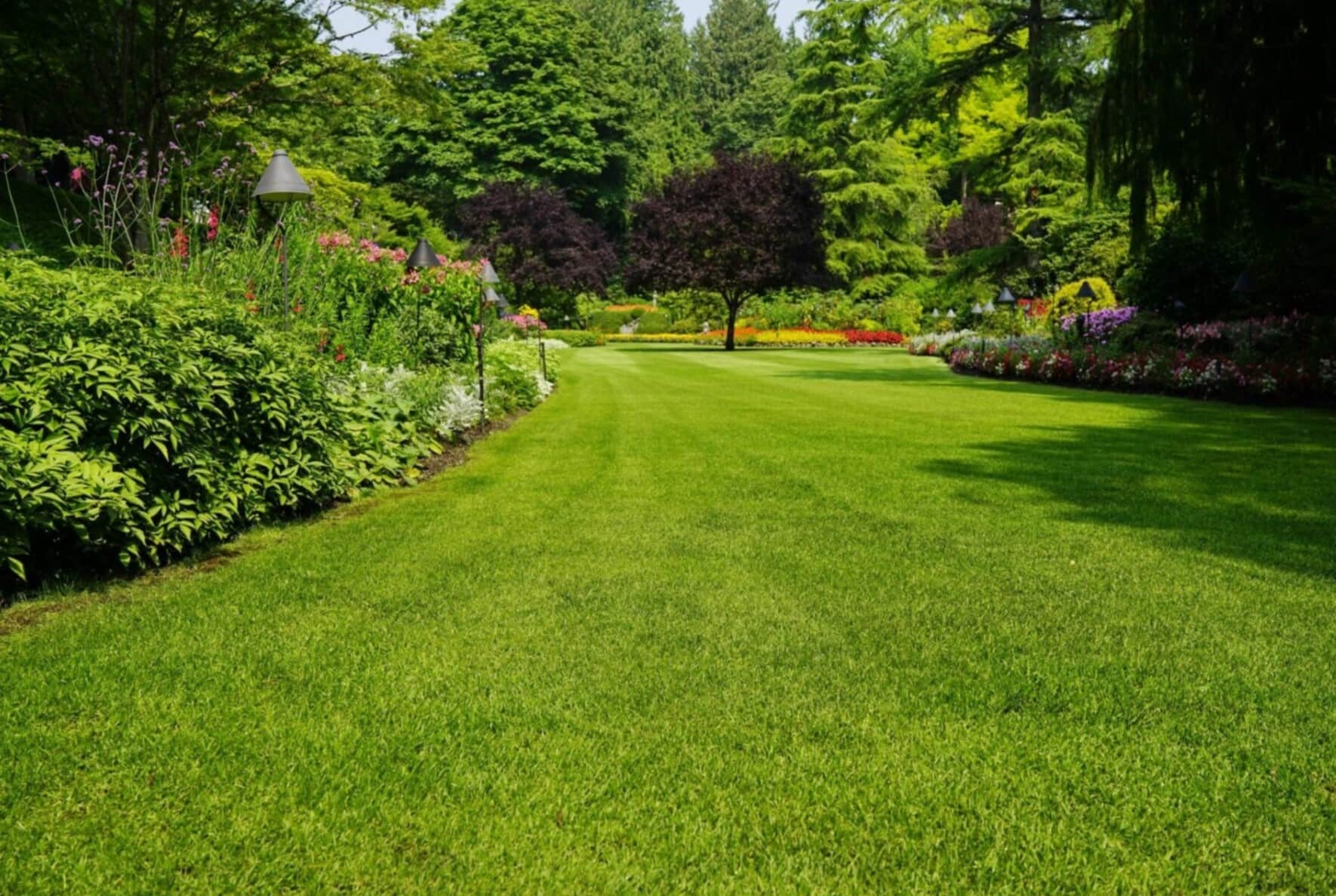
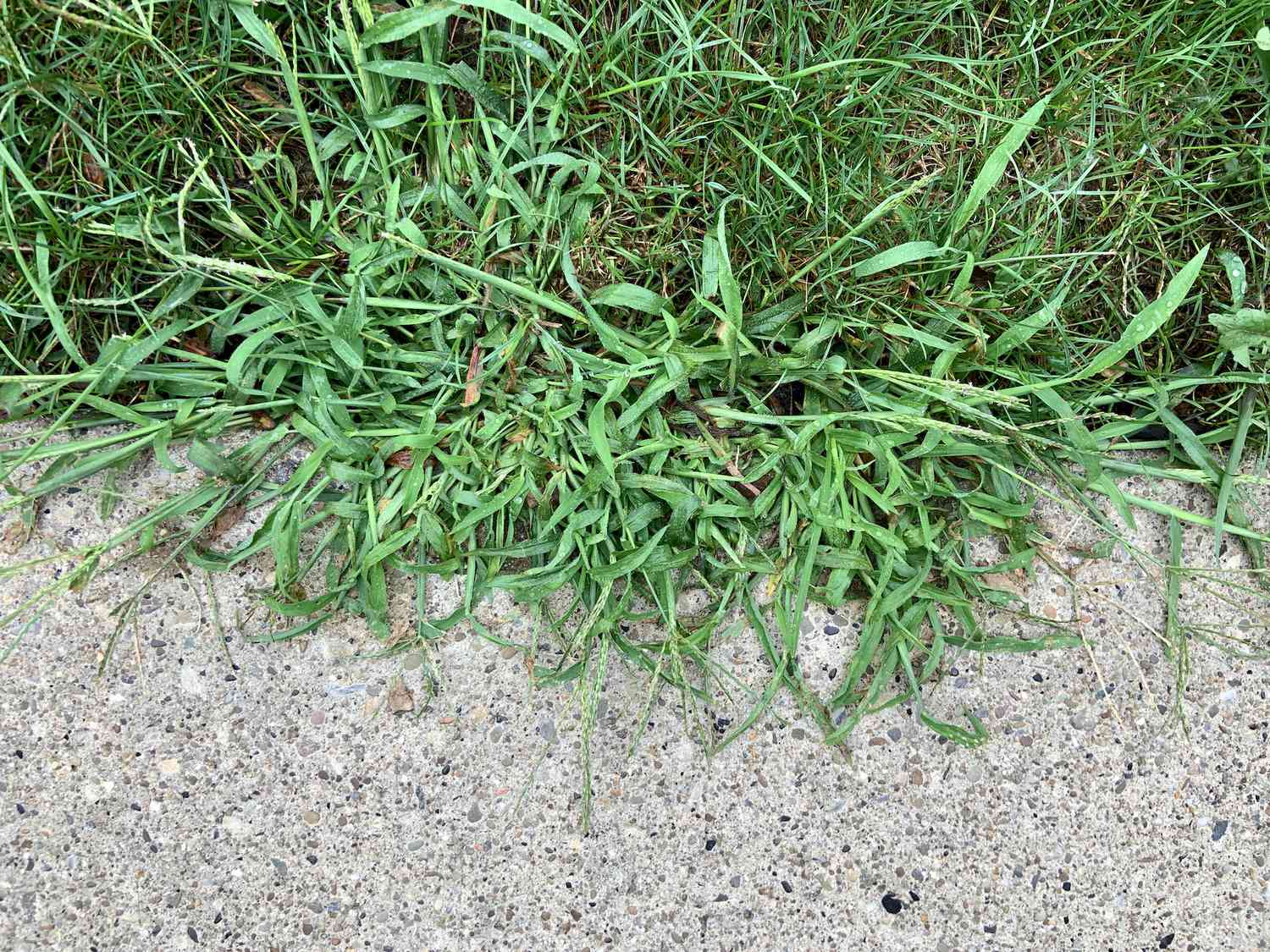
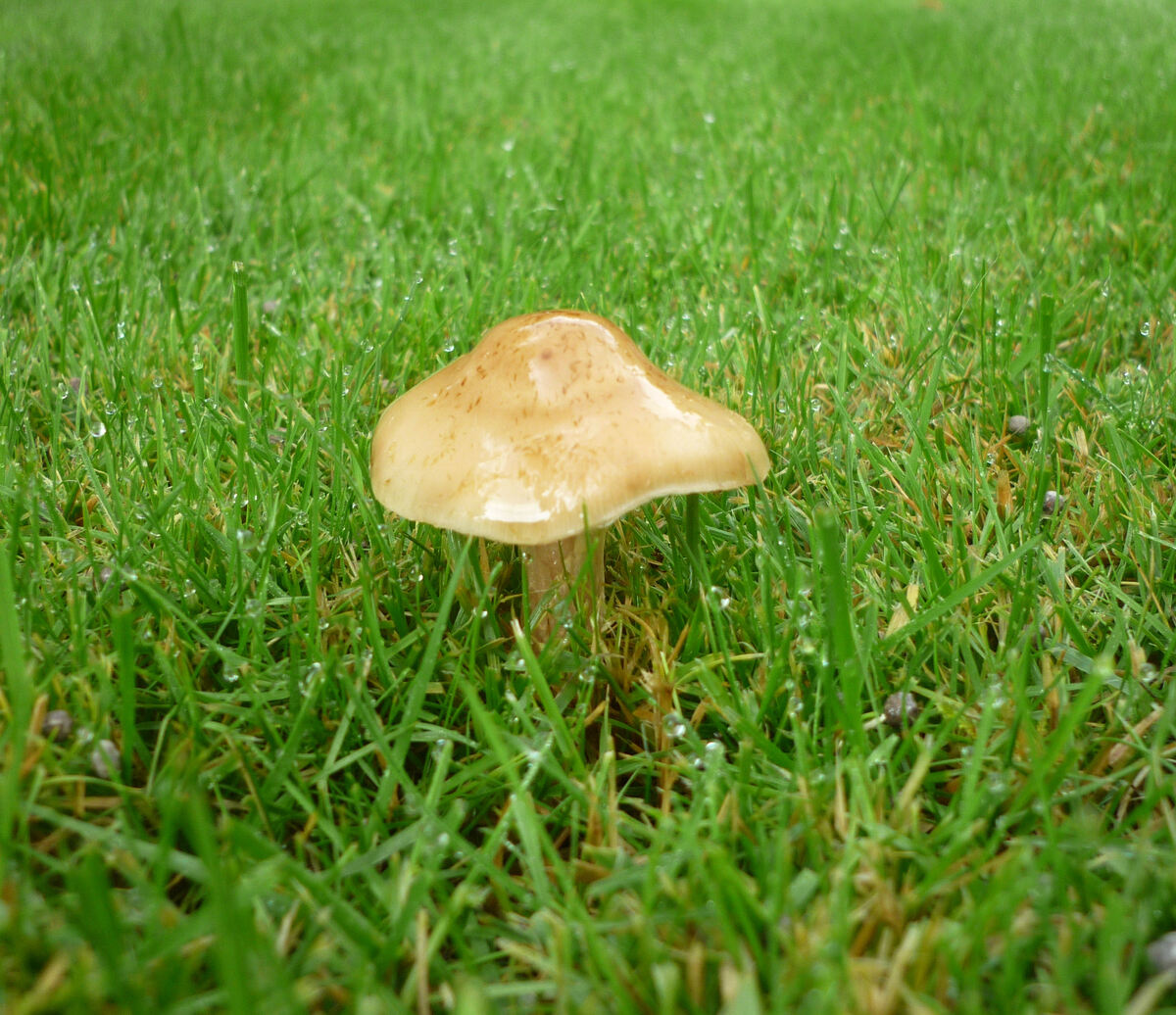
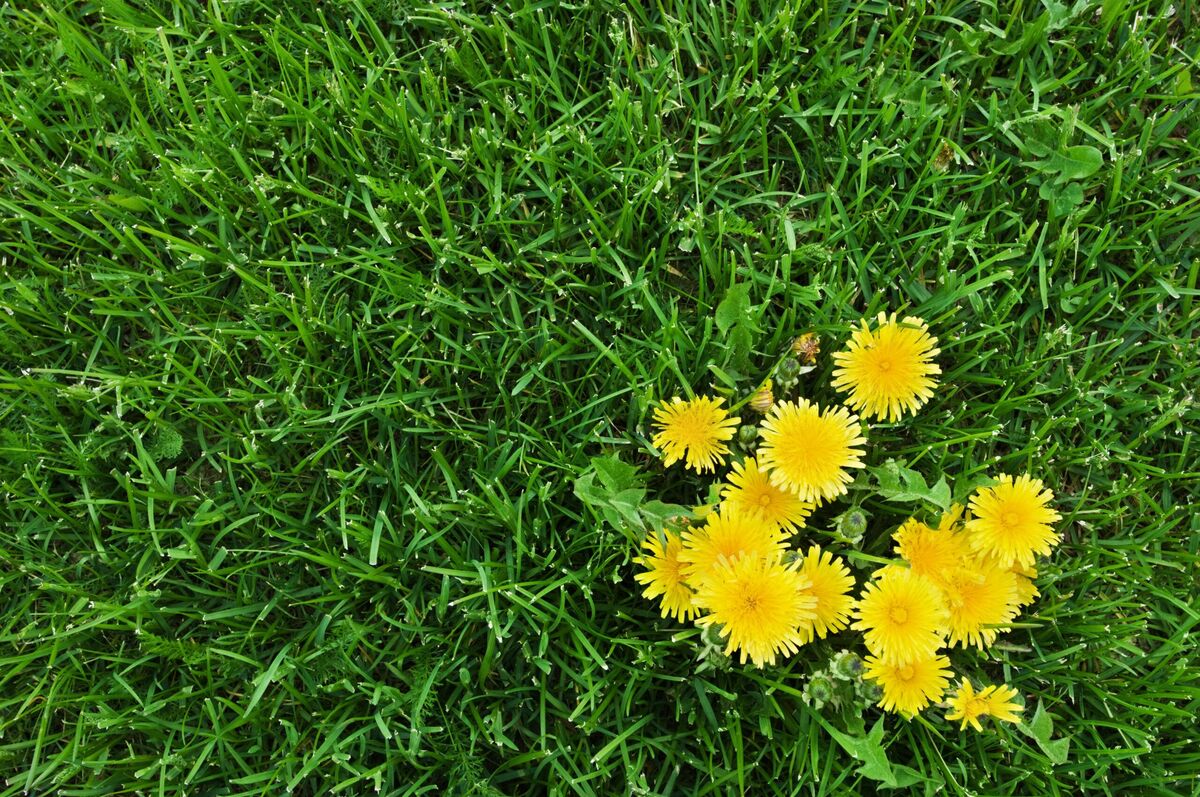
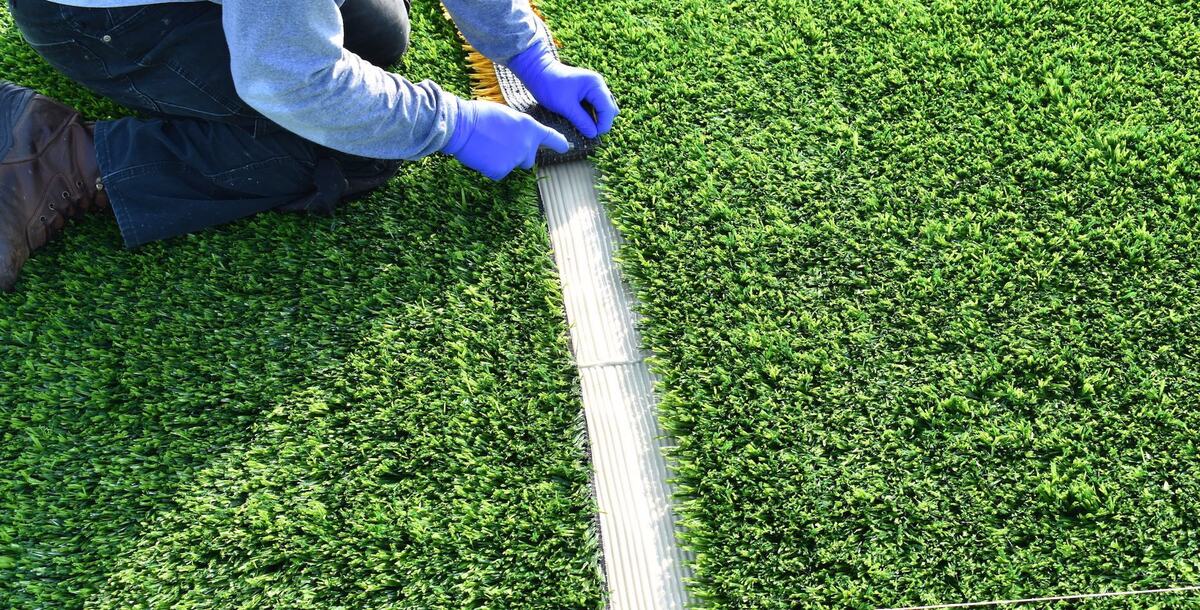
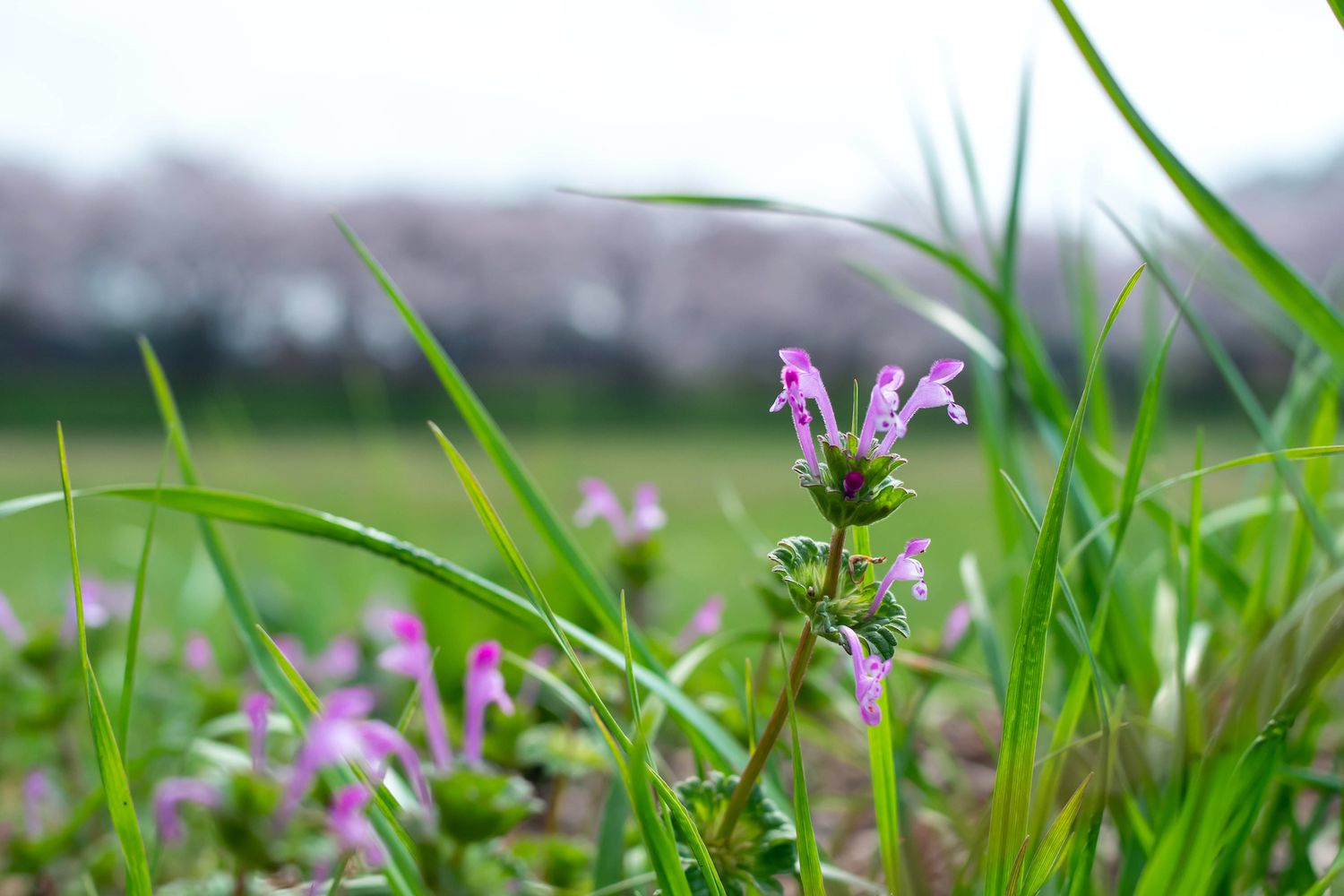
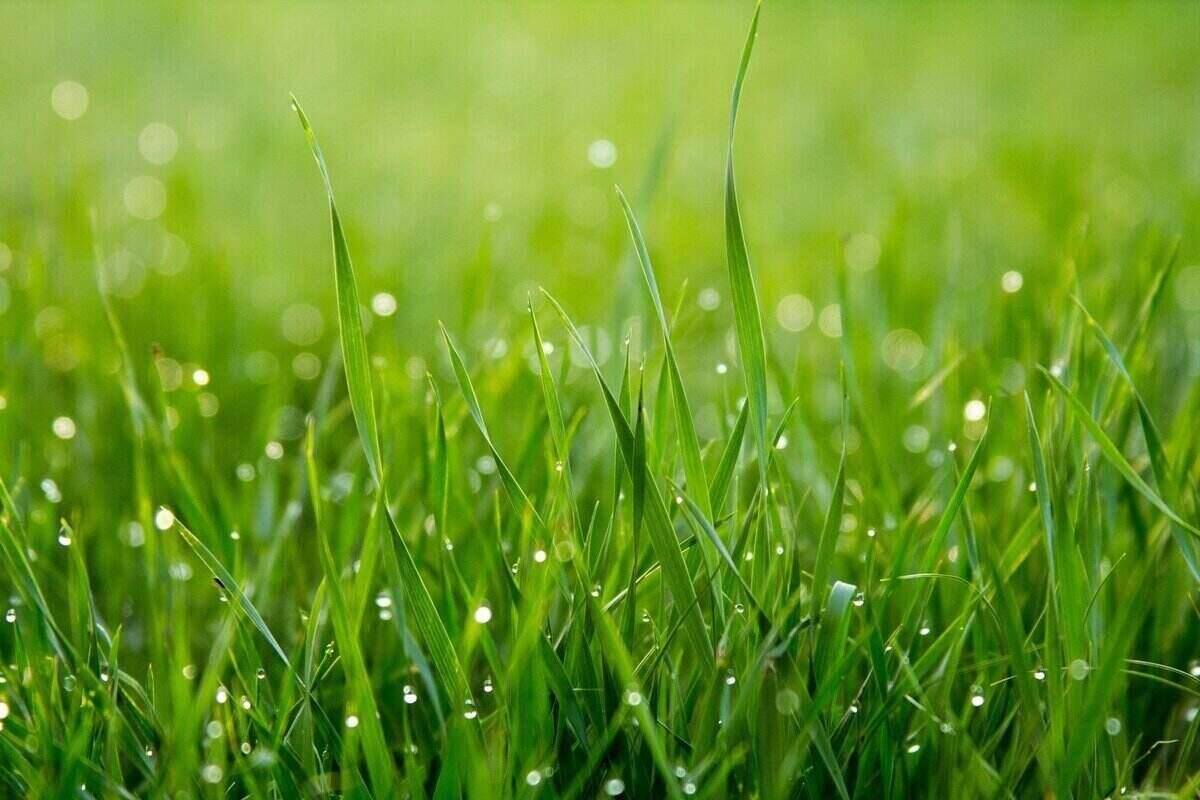

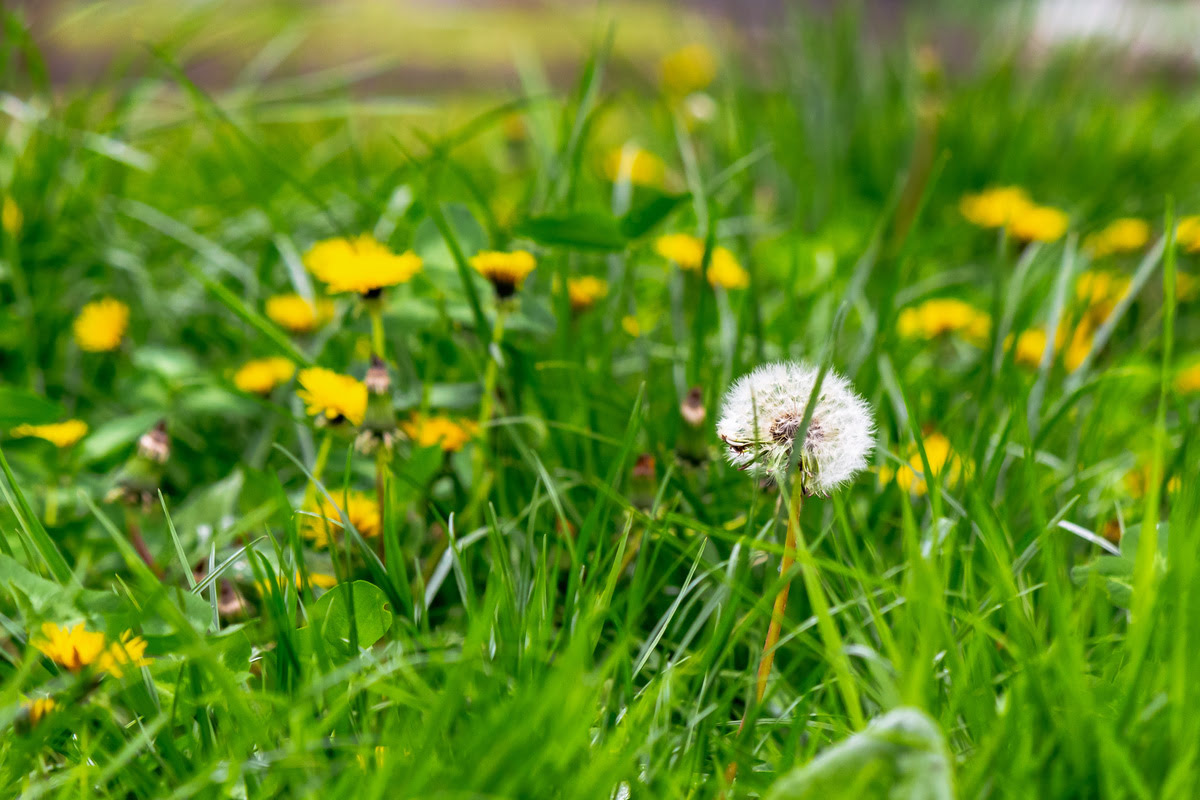
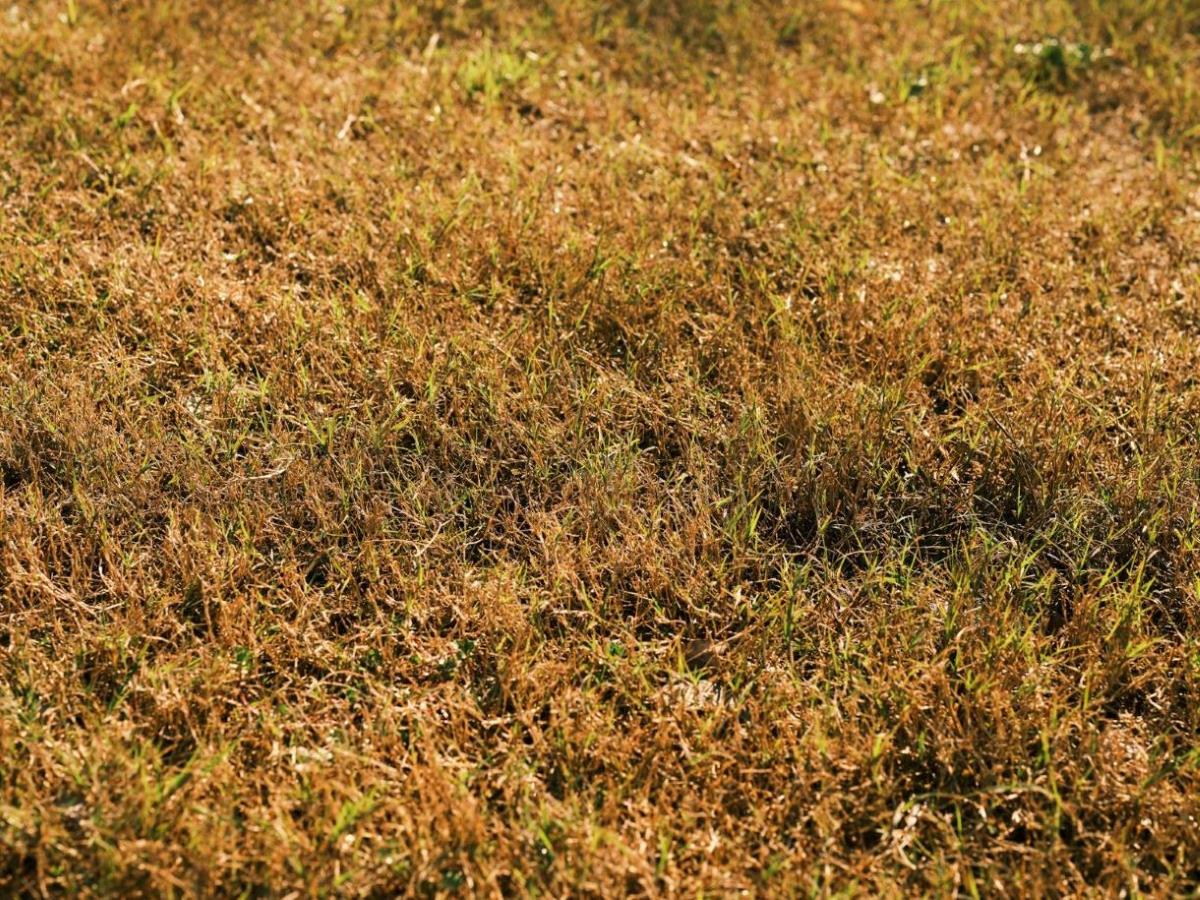
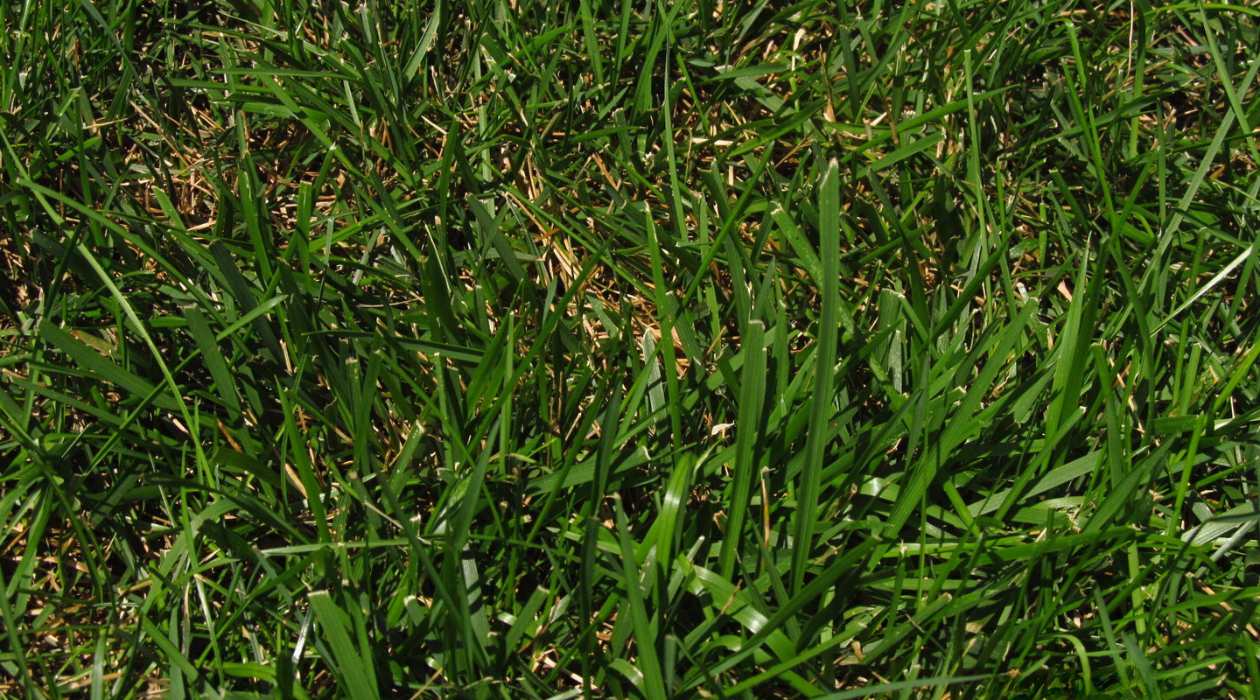



0 thoughts on “Why Do Weeds Grow Faster Than Grass”